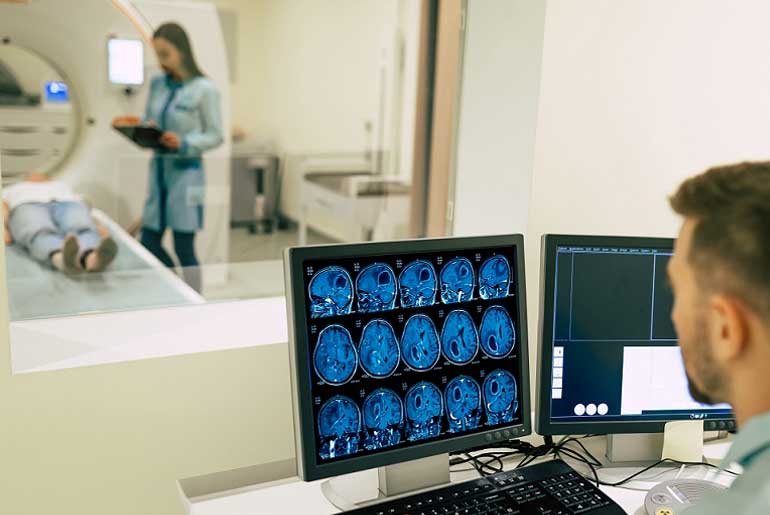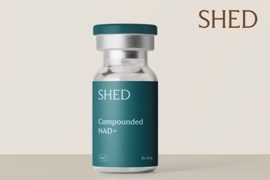Researchers from Linkoping University in Sweden conducted a study analyzing the brains of 16 individuals previously hospitalized for severe COVID-19 who continued to experience symptoms seven months later. Published in Brain Communications, their findings revealed distinct changes in brain tissue structure compared to healthy individuals. While prior studies on post-COVID issues used conventional MRI brain scanning, this study introduced advanced diffusion MRI, focusing on the brain’s white matter, essential for signal transmission between different brain regions and the body.
Diffusion MRI, akin to understanding a city’s roads through the movement of car lights at night, relies on water molecules’ movement to indirectly reveal microscopic neural pathway structures. By measuring water movement along neural pathways, researchers can infer the structure of these pathways. The study participants, part of the Linkoping Covid-19 Study (LinCos), were examined using both conventional MRI and advanced diffusion MRI.
“It can be frustrating for me as a doctor when I understand that the patients have problems, but I can’t find an explanation because there’s nothing in the MRI scan to explain it. To me, this underlines the importance of trying other examination technologies to understand what’s happening in the brain in patients with persisting symptoms after Covid-19,” states Ida Blystad, neuroradiologist in the Department of Radiology at Linkoping University Hospital and researcher affiliated with the Department of Health, Medicine and Caring Sciences at Linkoping University and the Centre for Medical Image Science and Visualization (CMIV).
“Diffusion MRI is a very sensitive technology that allows changes in how the nerve axons are organised to be detected. This is one of the reasons why we wanted to use diffusion MRI to study the effects of Covid-19 on the brain that other imaging technologies might not pick up,” states Deneb Boito, doctoral student at the Department of Biomedical Engineering at Linkoping University.
Preliminary observations suggested varying impacts on white matter in different brain regions, though drawing conclusions about the significance of these differences was deemed premature. Future research aims to explore potential connections between changes detected with diffusion MRI and brain activity. Additionally, the study raised questions about the temporal aspect, as the MRI provided a snapshot of the brain at a specific moment, and participants were examined only once. Whether observed differences between the two groups are temporary or permanent remains unknown, underscoring the need for further investigation into the long-term implications of the observed changes in brain structure.
“The two groups differ when it comes to brain white matter structure. This can be one of the causes of the neurological problems experienced by the group that had suffered from severe Covid-19. It’s a result that’s in line with other studies that have shown changes to the brain’s white matter. However, having examined only a small group of patients, we are cautious about drawing any major conclusions. With this technology, we’re not measuring the function of the brain, but its microstructure. To me, these findings are a sign that we must investigate long-term effects of Covid-19 in the brain using more advanced MRI technology than conventional MRI,” states Ida Blystad.
In summary, the study contributes valuable insights into the potential neurological consequences of COVID-19, emphasizing the significance of advanced imaging techniques to understand post-infection symptoms at a microscopic level. Ongoing and future research aims to unravel the complexity of these changes and their implications for brain activity and long-term outcomes in individuals with persistent post-COVID symptoms.
Disclaimer:
The information contained in this article is for educational and informational purposes only and is not intended as a health advice. We would ask you to consult a qualified professional or medical expert to gain additional knowledge before you choose to consume any product or perform any exercise.







